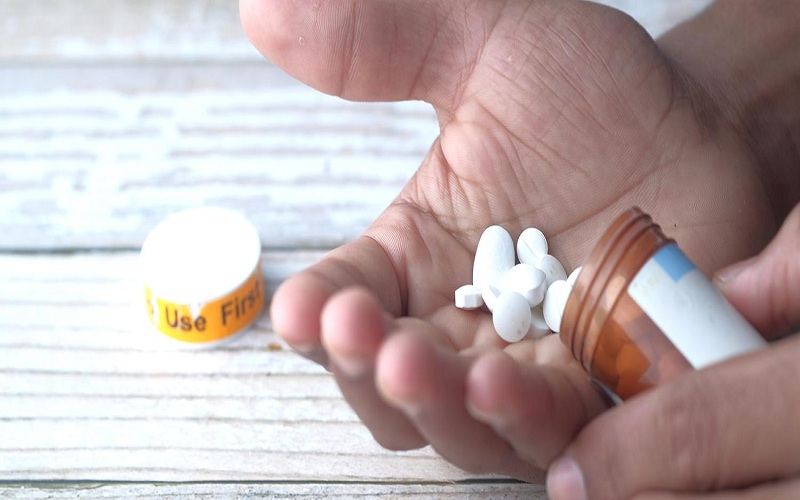Therapist’s Guide to Exercise and Mental Health , an article by Mark Jeayants , published in Psychology Tools , which discusses the effects of exercise on the body and mind, discusses how exercise can help treat disorders mental health, why exercise can be effective. In this guide, the author also details the benefits of exercise as a treatment for mental health disorders. It presents innovative methods for integrating physical exercise into psychological treatment plans and gives practical advice for therapists to incorporate exercise into their psychological treatments.
Exercise is a powerful tool for improving emotional and physical well-being and is an effective, evidence-based treatment for many mental health conditions. Unfortunately, many people do not achieve the recommended goal of 150 minutes of moderate physical activity per week [1] and exercise rates among people with mental health conditions are even lower than average [2 ]: This means that motivating your patients to exercise is a valuable therapeutic skill. In this article, we’ll review the evidence linking exercise and mental health and discuss practical strategies you can use to motivate your patients to get active.
What is exercise and physical activity?
Physical activity is defined as any movement produced by skeletal muscle, and exercise is defined as a structured form of physical activity that is intended to improve a health-related outcome [3]. Exercise can be classified according to the nature of the activity or health-related outcome it aims to improve. For example, resistance exercise increases muscle strength or endurance by applying resistance to body movement, while aerobic exercise engages our aerobic respiratory system by working at a low intensity for an extended period of time (eg. , long-distance running).
Exercise has been associated with positive effects on multiple markers of physical and mental well-being:
Exercise increases our energy levels . A 2013 meta-analysis found that participation in acute physical exercise improves feelings of energy [5] and multiple randomized controlled trials have indicated that increased physical activity leads to increased self-energy. -perceived compared to non-active controls [6,7].
Exercise makes you sleep better.Many forms of physical exercise have been shown to be beneficial for improving sleep quality [8,9,10]. Exercise has even been suggested as a form of alternative or complementary therapy for patients with sleep problems [9]. Research suggests that exercising 4–8 hours before bedtime is likely optimal for improving sleep quality, although exercising any time of day appears to be beneficial [8].
Exercise is associated with higher self-esteem.People who engage in regular physical activity tend to have higher self-esteem, better body image, and higher self-esteem [11]. Physical activity has also been shown to be directly and indirectly associated with self-esteem and advocated as a complementary treatment for adults with low self-esteem [12].
Exercise reduces the risk of death. It is estimated that physical inactivity is the cause of 9% of all premature deaths [13]. In the United States, research has suggested that men and women over 50 who move from inactive to active physical activity status increase their life expectancy by 1.3 to 3.7 years and by 1 .5 to 3.5 years respectively [14].
Exercise reduces the risk of disease.Regular physical activity is strongly associated with a decreased risk of many physical health problems such as diabetes, stroke and cancer [15,13]. Often these health benefits occur in the absence of weight change, so patients who are making little progress towards their weight loss goals should be reminded of the profound impact that exercise can have on their health [16].
Exercise is associated with improved brain function.Exercise has been shown to have a positive association with cognitive performance [17,18]. Exercise has also been found to improve concentration, reduce levels of irritability [3] and may slow the deterioration of balance and mobility in patients with Alzheimer’s disease [19].




